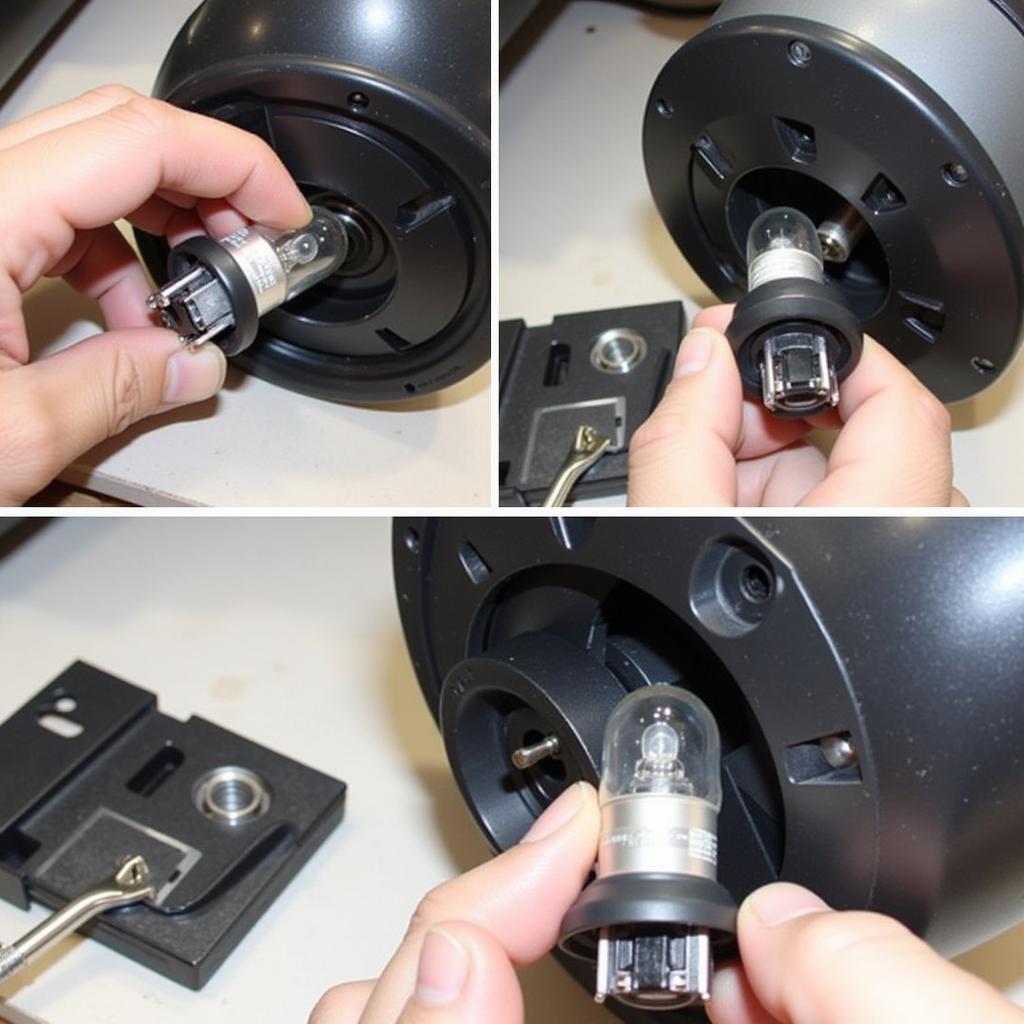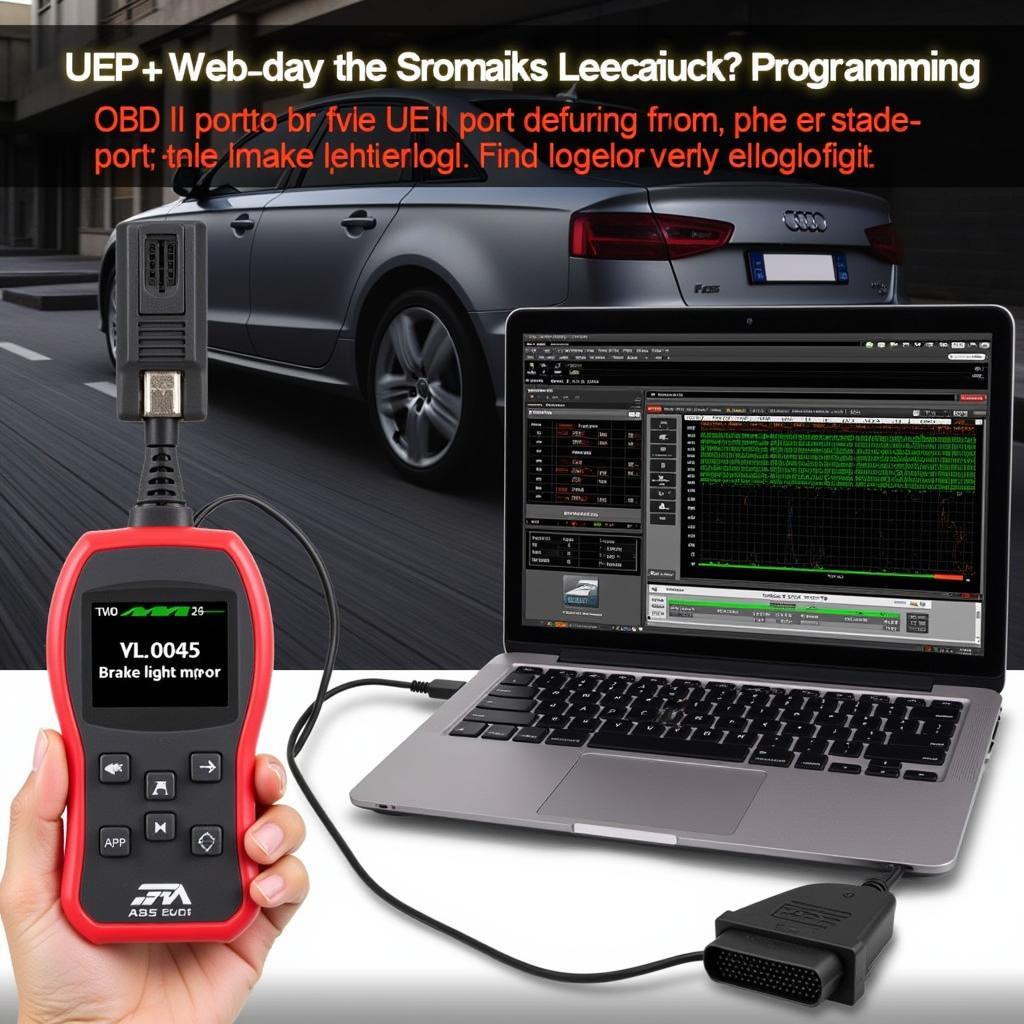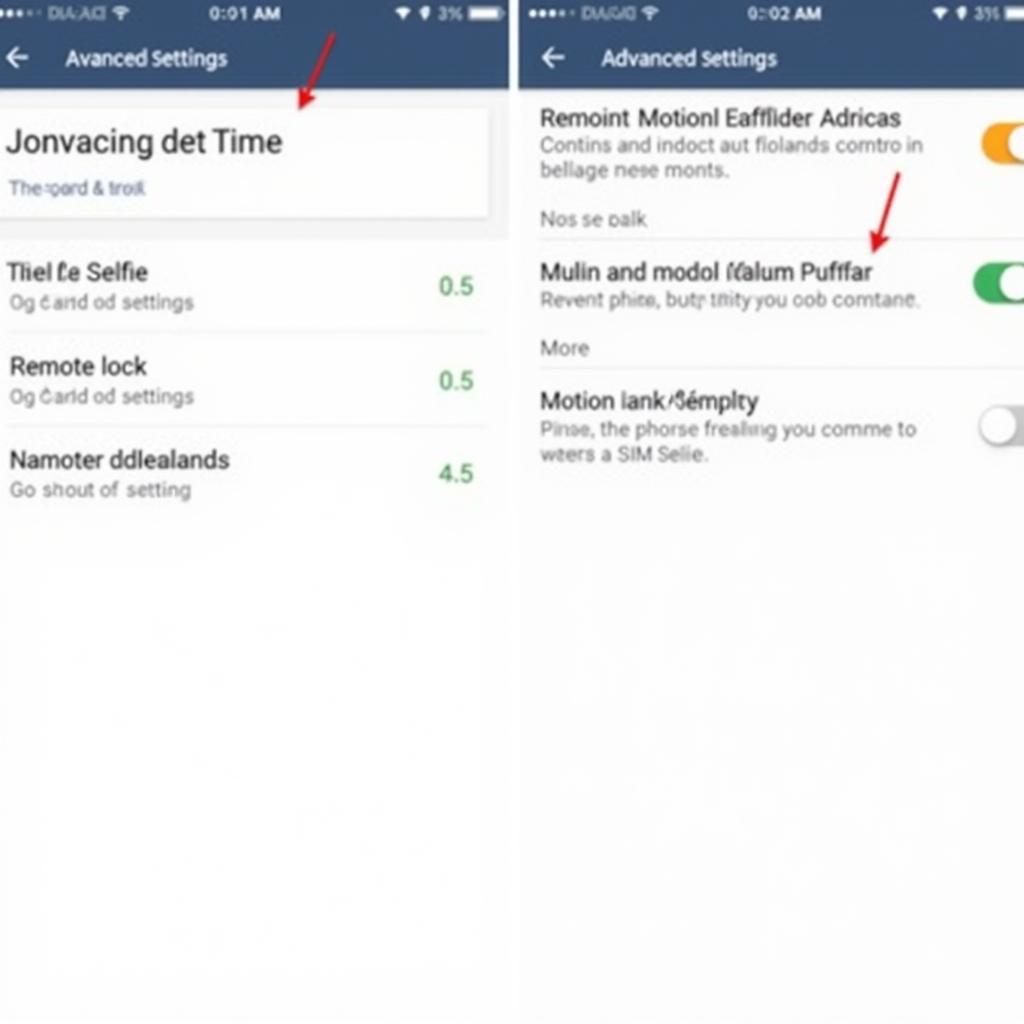The dreaded brake light warning on your Audi A6 C5 can be a source of frustration. This comprehensive guide will explore the common causes behind the “audi a6 c5 brake light warning” and offer practical solutions, from simple checks to more advanced diagnostic techniques. Whether you’re a DIY enthusiast or prefer professional help, this article provides the information you need to get your brake lights working correctly and ensure your safety on the road.
The brake light warning on the Audi A6 C5 is a crucial safety feature, alerting other drivers when you’re slowing down or stopping. Ignoring this warning can lead to accidents and legal issues. Understanding the potential causes and solutions is essential for every A6 C5 owner. You might even discover similarities with the Passat brake pad warning system, like in the passat b5.5 brake pad warning light.
Common Causes of the Brake Light Warning
Several factors can trigger the brake light warning on your Audi A6 C5. These range from simple bulb failures to more complex wiring issues. Here’s a breakdown of the most common culprits:
- Burnt-out Brake Light Bulbs: This is the most frequent cause. Brake light bulbs have a limited lifespan and will eventually burn out.
- Faulty Brake Light Switch: The brake light switch, located under the brake pedal, activates the brake lights when the pedal is pressed. A malfunctioning switch can prevent the lights from illuminating.
- Wiring Problems: Damaged or corroded wiring in the brake light circuit can disrupt the flow of electricity and cause the warning light to illuminate.
- Blown Fuse: A blown fuse in the brake light circuit can also prevent the lights from working. Check your owner’s manual for the correct fuse location.
- Brake Pad Wear Sensor: While less common, a worn brake pad wear sensor can sometimes trigger the brake light warning, particularly if the sensor is faulty or incorrectly installed. This is also a common issue with other Volkswagen models, as explained in articles on vw passat 2002 brake pad warning light.
 Replacing a Brake Light Bulb on an Audi A6 C5
Replacing a Brake Light Bulb on an Audi A6 C5
Troubleshooting the Brake Light Warning
Diagnosing the cause of the brake light warning requires a systematic approach. Here’s a step-by-step guide to help you troubleshoot the problem:
- Check the Brake Light Bulbs: Start by visually inspecting the brake light bulbs. Look for any signs of burning or damage. Replace any burnt-out bulbs.
- Test the Brake Light Switch: If the bulbs are intact, the next step is to test the brake light switch. You can do this using a multimeter or by bridging the switch connector.
- Inspect the Wiring: Carefully examine the wiring in the brake light circuit for any signs of damage, corrosion, or loose connections. Repair or replace any faulty wiring. The issue can sometimes be as simple as a worn-out warning tab, like the front brake warning tab.
- Check the Fuse: Locate the fuse for the brake light circuit in your owner’s manual and check if it’s blown. Replace the fuse if necessary.
- Inspect Brake Pad Wear Sensor: If none of the above steps resolve the issue, consider checking the brake pad wear sensor. This may involve inspecting the sensor itself and the wiring connected to it. You can learn more about similar systems in articles about the passat b5 brake pad warning.
Remote Diagnostics and Programming
In some cases, remote diagnostics and programming can be used to identify and resolve brake light warning issues. This involves connecting your vehicle to specialized software that can access the car’s computer systems and identify faults. This technology is rapidly changing the automotive service industry, allowing for faster and more efficient repairs.
“Remote diagnostics is a game-changer for diagnosing complex issues like intermittent brake light warnings,” explains John Miller, a senior automotive diagnostic technician. “It allows us to access the vehicle’s data remotely and identify the root cause without needing physical access to the car.”
 Remote Diagnostics on an Audi A6 C5
Remote Diagnostics on an Audi A6 C5
Conclusion
The “audi a6 c5 brake light warning” can be a nuisance, but with a systematic approach, you can often pinpoint the cause and resolve the issue. By following the troubleshooting steps outlined in this article, you can get your brake lights working correctly and ensure your safety on the road. Remember, if you’re unsure about any step, it’s always best to consult a qualified automotive technician. Sometimes, the problem can be related to a specific harness, like the b5 passat brake pad warning harness.
“Regular maintenance and proactive checks can prevent many brake light issues,” adds Maria Sanchez, an automotive electrical systems expert. “Simple tasks like checking your brake lights regularly can save you time and money in the long run.”
FAQ
- How often should I check my brake lights? It’s recommended to check your brake lights at least once a month.
- Can I replace the brake light bulbs myself? Yes, replacing brake light bulbs is a relatively simple DIY task. Refer to your owner’s manual for specific instructions.
- What should I do if I replace the bulbs and the warning light is still on? If the warning persists after replacing the bulbs, it’s likely another issue, such as a faulty brake light switch or wiring problem. Consult a qualified technician.
- How much does it cost to replace a brake light switch? The cost varies depending on the vehicle and the labor rates in your area. However, it’s generally an affordable repair.
- Is it safe to drive with the brake light warning on? No, it’s not safe to drive with the brake light warning on. It indicates a problem with your braking system, which can increase the risk of accidents.
- Can remote diagnostics fix all brake light issues? While remote diagnostics can identify many issues, some problems may still require physical inspection and repair.
- How can I prevent brake light issues in the future? Regular maintenance, including checking your brake lights and brake system components, can help prevent future problems.

